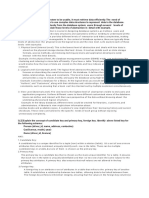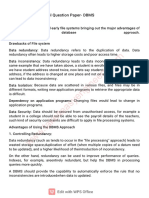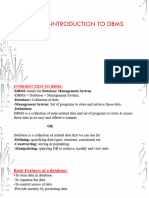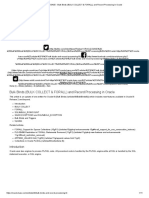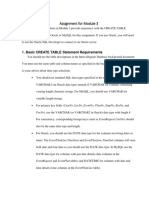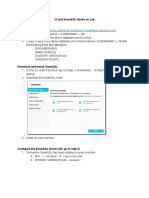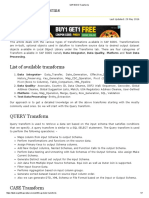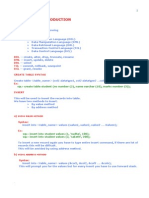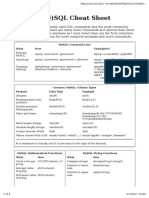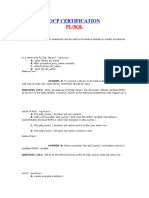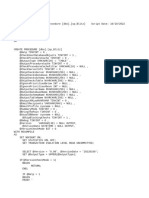0% found this document useful (0 votes)
7 views14 pagesDbms Insem Answers
The document discusses various aspects of database management systems (DBMS), including ER diagrams for banking systems, levels of abstraction, keys in schemas, DBMS architecture, and the advantages of DBMS over traditional file systems. It covers components like query processors, storage managers, and transaction managers, explaining their roles in processing queries and ensuring data integrity. Additionally, it addresses concepts like views, stored procedures, triggers, and provides SQL queries for specific scenarios, emphasizing the importance of structured data management.
Uploaded by
supriyabhure8Copyright
© © All Rights Reserved
We take content rights seriously. If you suspect this is your content, claim it here.
Available Formats
Download as PDF, TXT or read online on Scribd
0% found this document useful (0 votes)
7 views14 pagesDbms Insem Answers
The document discusses various aspects of database management systems (DBMS), including ER diagrams for banking systems, levels of abstraction, keys in schemas, DBMS architecture, and the advantages of DBMS over traditional file systems. It covers components like query processors, storage managers, and transaction managers, explaining their roles in processing queries and ensuring data integrity. Additionally, it addresses concepts like views, stored procedures, triggers, and provides SQL queries for specific scenarios, emphasizing the importance of structured data management.
Uploaded by
supriyabhure8Copyright
© © All Rights Reserved
We take content rights seriously. If you suspect this is your content, claim it here.
Available Formats
Download as PDF, TXT or read online on Scribd
/ 14




